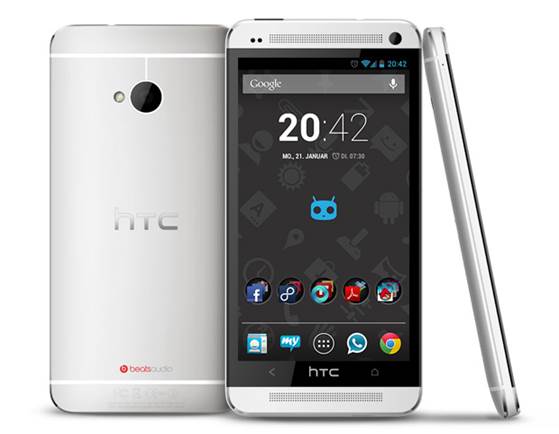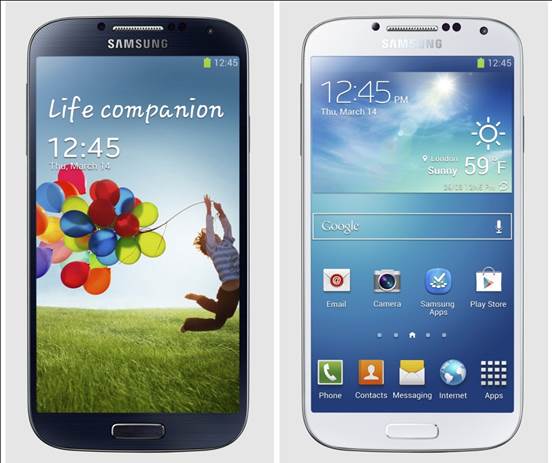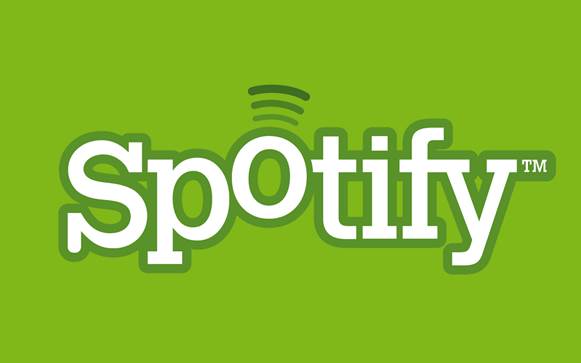Mobile technology has been on an upwards
trajectory over the past few years. Nowadays, it seems every phone is smart,
and with so many available it's increasingly tough to make the right choice.
It's why for many people, it seems to come down to a decision between one or
two major handsets.
In reality, there's much more choice than
that, and many phones make convincing cases for your cash. So what features
should you be looking out for? What separates the best from the simply good in
this month's roundup?
Hardware
In many respects, the smartphone arms race
mirrors that contested by laptop and PC manufacturers over the years, with
every new generation bringing faster performance than the one before.
Do you need it? As phone OSes, apps and
games become ever more sophisticated, the answer to this question must be yes.

Sony
Xperia Z
Buying the fastest smartphone you can
afford guarantees that, in a year or two, your phone won't be on its last legs.
This is especially important for Android phones: apps and games become more
demanding by the day, and OS updates have the potential to slow older phones to
a grinding crawl.
Other operating systems are less
susceptible to the gradual creep of software demands, but as iPhone owners will
attest, Android owners aren't the only ones who suffer performance degradation
over time.
At the moment, the fastest processors are
found in Android smartphones: ARM-based, quad-core monsters, sported by the
Samsung Galaxy S4, the HTC One and the Sony Xperia Z. These ensure the latest
3D games play without stuttering and that the handset runs smoothly while
multitasking. There's nothing more frustrating than having your record Temple
Run score ruined because your phone paused to download a batch of emails.

The
HTC One
BlackBerry and Windows Phone 8 handsets may
not look as quick on paper or in benchmarks – but don't discount them on clock
speed and core count alone. Their OSes are more efficient than Android, and can
run smoothly with less power.
Hard Core
Aside from pure power, the design and
toughness of the screen is a key differentiator. Gorilla Glass, a super-tough,
scratch-and shatter-resistant glass used on flagship phones, is well worth
having, especially if you're clumsy.
Increasingly, manufacturers are also
building splash resistance and even full waterproofing into their phones. Spill
a beer over the Sony Xperia Z and it's far more likely to survive than the HTC
One or Samsung Galaxy S4.

Samsung
Galaxy S4
The quality of the screen on a smartphone
remains paramount, but even here manufacturers are finding ways to set their
products apart. The brighter the screen the better, since this makes reading in
sunlight more comfortable, but it's also worth keeping an eye out for a screen
laminated to the LCD panel beneath – the lack of space between the two panels
helps keep reflections to a minimum.
"Super-sensitive" touchscreens
are also becoming increasingly common – all the latest Nokia Lumia phones, as
well as the Samsung Galaxy S4, have this feature, which allows you to use your
phone on a cold day without having to take off your gloves.

Nokia
Lumia phones
Your Flexible Friend
Don't underestimate the value of having a
microSD slot to expand the storage of your phone, either. Games and movies can
occupy a huge amount of storage space – several gigabytes each, in many cases and
you may find yourself stretching the boundaries of your 16GB or 32GB allocation
sooner than you think.
A user-replaceable battery is just as
handy. Apple, HTC and Sony seal the batteries inside most of their phones, so
if there are problems you have to send the handset away for repair. A phone
with a replaceable battery, however, means you can fix a problem yourself –
usually cheaply – in days rather than weeks.
There are other benefits. Keeping a spare
battery in your bag will ensure you can keep going even when you can't get to a
socket. With more popular phones, you can often boost battery by replacing the
standard power pack with a higher-capacity one. Backup battery chargers are
becoming more and more common nowadays, so this isn't as much of an issue as it
used to be.
NFC, on the other hand, has yet to come of
age, despite its inclusion in many of this month's handsets. Until contactless
payment via mobile phone becomes more widespread, it will remain little more
than a gimmick used to make Bluetooth pairing more easy, and little more.
Software And Ecosystem
What of software? This is trickier.
Assuming you're a smartphone owner already, chances are you'll have a library
of essential apps you've bought or downloaded over the years. This makes moving
from iOS to Android or perhaps back the other way – rather daunting.
Is it worth moving? This is a question we
can't answer for you: you'll have to decide which apps you can't live without,
and how much you're willing to fork out. Check out the various app stores
online – they all have their own websites – to find out how much it might cost
and whether the apps you need are available before you make your final decision.

Spotify
It may be advisable to think long term,
though. Although the Apple App Store used to be best in terms of the quality
and breadth of its apps, Android has now caught up, and all the major online
services, from Spotify to Facebook, now develop for both platforms side by
side. Moving to Android means you'll also have more choice over handsets in
future.
If you're tempted by Windows Phone 8 or
BlackBerry 10 OS, however, you'll have to put up with a comparative lack of
riches. This may change, but both have yet to reach critical mass.
Finally, a word on ecosystems. It's worth
bearing in mind that the more popular a model of phone is, the broader the
range of accessories will be. The iPhone may not be top dog for hardware any
more, but it's still the phone to go for if you want the best choice of cases,
battery boosters, camera adapters and docks.